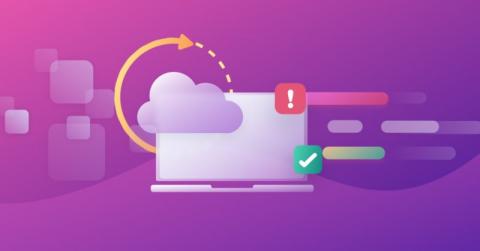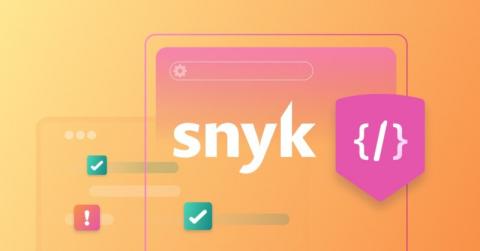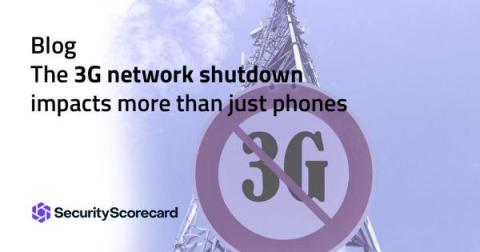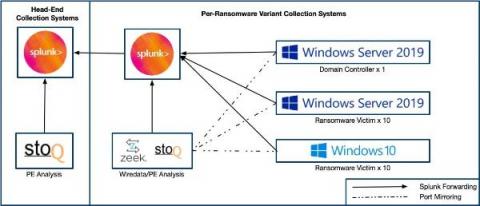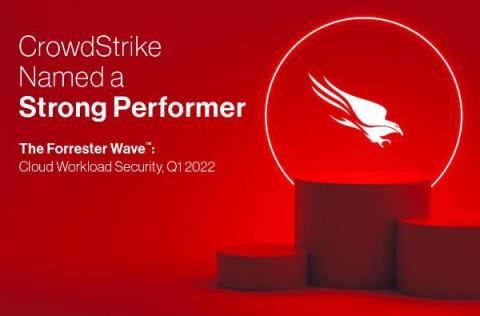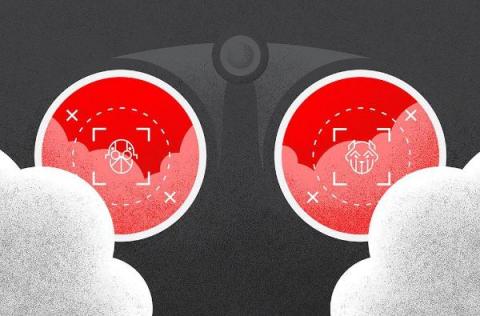Security | Threat Detection | Cyberattacks | DevSecOps | Compliance
Latest News
AvosLocker ransomware - what you need to know
AvosLocker is a ransomware-as-a-service (RaaS) gang that first appeared in mid-2021. It has since become notorious for its attacks targeting critical infrastructure in the United States, including the sectors of financial services, critical manufacturing, and government facilities. In March 2022, the FBI and US Treasury Department issued a warning about the attacks.
Insights from the Styra 2022 Cloud-Native Alignment Report
IT leaders have historically managed all infrastructure decisions across storage, network, compute and other aspects of the cloud. But this isn’t necessarily the case today. As organizations move away from on-premise cloud infrastructure and adopt cloud-native technologies, modern developers are playing a larger role in decision-making — especially when it comes to policy decisions like the control of cloud-based tools and the code that runs on them.
Improving coverage of cloud resources to reduce infrastructure drift
As developers, we need maximum visibility of what’s actually running in our cloud environments, in order to keep them secure. Infrastructure as code (IaC) helps developers automate their cloud infrastructures, so what’s deployed to the cloud is under control and can easily be audited. But achieving and maintaining 100% IaC coverage of your infrastructure has many challenges.
How Snyk helps satisfy White House cybersecurity recommendations
Our modern digital world has proven that global tensions between countries are not contained to the battlefield. As international cyberattacks and protestware proliferate, the Biden-Harris administration (White House) instructed US institutions, large and small, to be more vigilant about malicious cyber activity.
The 3G network shutdown impacts more than just phones
As you have probably heard, 3G is phasing out. On February 22, AT&T shut down its 3G network. T-Mobile Sprint will retire its 3G network next week on March 31, 2022. Verizon, the last of the pack, will retire 3G by the end of 2022. What does this mean for your business and your security? The obvious answer is that older phones should be replaced as soon as possible, but the 3G shutdown’s impact will reach beyond phones, and that reach may affect your organization’s security.
Gone in 52 Seconds...and 42 Minutes: A Comparative Analysis of Ransomware Encryption Speed
Do you feel like every other cybersecurity news story mentioned ransomware in 2021? Does it feel like you can’t turn on a cybersecurity podcast and not hear the “R” word? We feel the same way, and as a cybersecurity vendor, we felt that we should also contribute to the noise. :-) But we did want to try and do something different.
CrowdStrike Named a Strong Performer in 2022 Forrester Wave for Cloud Workload Security
“In its current CWS offering, the vendor has great CSPM capabilities for Azure, including detecting overprivileged admins and enforcing storage least privilege and encryption, virtual machine, and network policy controls.” – The Forrester Wave™: Cloud Workload Security, Q1 2022 CrowdStrike is excited to announce we have been named a “Strong Performer” in The Forrester Wave:™ Cloud Workload Security, Q1 2022.
Falcon OverWatch Threat Hunting Contributes to Seamless Protection Against Novel BlackCat Attack
In an effort to stay ahead of improvements in automated detections and preventions, adversary groups continually look to new tactics, techniques and procedures (TTPs), and new tooling to progress their mission objectives. One group — known as BlackCat/ALPHV — has taken the sophisticated approach of developing their tooling from the ground up, using newer, more secure languages like Rust and highly customized configuration options per victim.
Create an ethics-by-design approach for data
Our VP for Data Ethics & Governance, Sophie Chase-Borthwick, was recently part of a panel – the PICCASO Special Interest Group. Sophie joined William Malcolm (Privacy Legal Director at Google), Radha Gohil (Data Ethics Strategy Lead at Shell), and Anne Woodley (Security Specialist at Microsoft) in untangling what data ethics actually means and how best to support it. Here we look at this in more detail.





